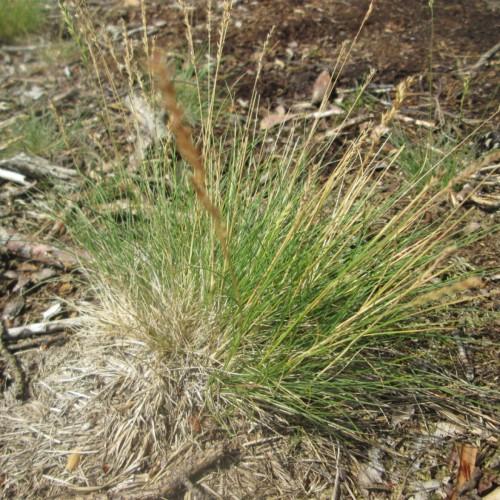
Velvet Bentgrass
Agrostis canina
Watering:
Frequent
Hardiness Zone:
Sun:
full sun
Leaf:
Yes
Growth Rate:
Low
Invasive:
Yes
watering
Velvet Bentgrass (Agrostis canina) requires moderate amounts of water. It should be watered deeply but infrequently, allowing the top 6-7 inches of soil to dry out between waterings. Depending on the season and climate, watering the grass will likely need to be done at least once or twice a week, especially during times of extreme heat or drought. During periods of high temperatures and low rain, it may need to be watered every other day to prevent drying out. During cooler months, the grass may only need to be watered once every 2 weeks. Always check the soil for water content before adding more water. If the soil is moist to the touch, then there is likely no need to water.
sunlight
Velvet Bentgrass (Agrostis canina) is a species that thrives in sunny areas. It prefers full sun for 5 to 6 hours each day and partial sunshine for 4 to 6 hours. In the summer months, Velvet Bentgrass should be exposed to full sun all day. In the winter months, it should receive partial sun for no more than 4 hours a day. This species should be sheltered from heavy winds and frost, as both can cause damage to the plant.
pruning
Velvet bentgrass (Agrostis canina) should be pruned lightly all season long to maintain a longer, thicker, more attractive turf. Pruning should start in early spring, as soon as the grass starts to come out of dormancy, and should continue throughout the summer and early fall. Mowing height should remain between 1⁄4 and 3⁄4 of an inch. Prune as needed to control thatch and keep the grass dense. The clippings should be removed when needed; otherwise, they may form mats. End of season pruning should be light and short to allow the grass to store nutrients for the winter months. Final pruning should be done in late fall when the grass is beginning to go dormant as well.
